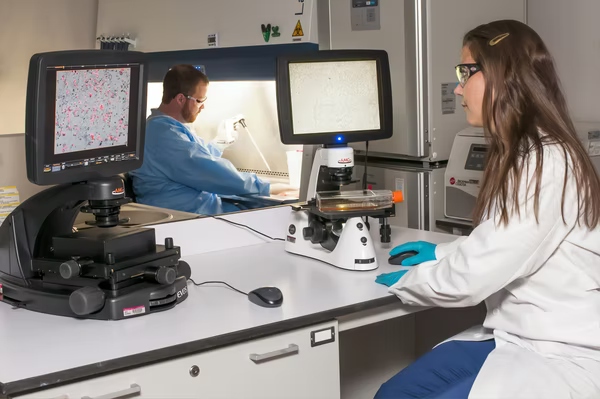Diabetic eye disease

The diabetes has been identified as a major risk factor when suffering a series of eye diseases that receive the generic name of diabetic eye disease and some of which can lead to blindness. In fact, the eyes are, after the kidneys, the organs most affected by diabetes . Hence, compliance with treatment and adequate control of blood glucose levels is the best way to prevent them. The most frequent are the following: •Diabetic retinopathy: it is the most serious eye disease that diabetes can cause and is characterized by inflammation of the retina as a result of the weakening of the blood vessels that supply it due to the presence of high levels of glucose in the blood. This situation can cause fluid or blood to escape from these blood vessels, forming fibrous tissue that makes the image sent to the brain blurry. The existence of arterial hypertension favors its development. Sometimes this disease can cause a retinal detachment and as a result cause blindness. •Macular edema:...




